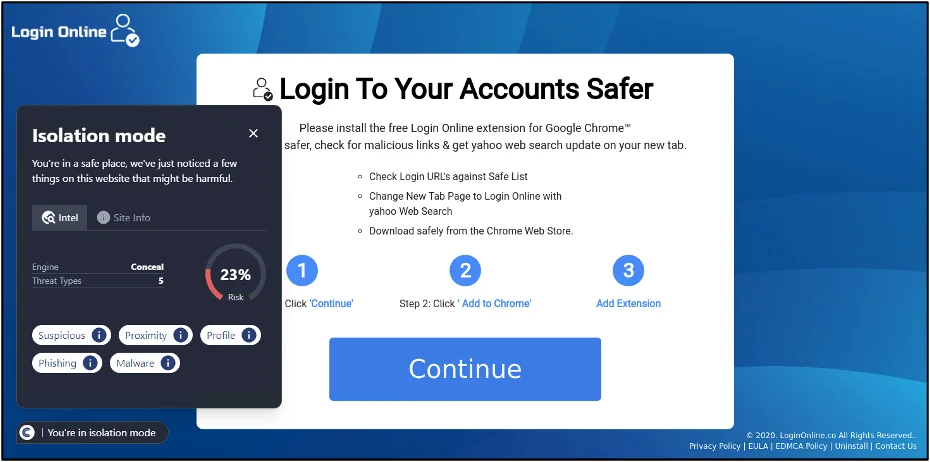Conceal Partners with Fortem-IT: Integrating Browser Security
Conceal Announces Pioneering Partnership with Fortem Information Technology to Elevate Global IT Solutions with Browser Security
February 13 2024, 10:22 AM Eastern Daylight Time
AUGUSTA, GA –(BUSINESS WIRE)–Conceal, a leader in innovative cybersecurity solutions is excited to announce a strategic partnership with Fortem Information Technology, a global provider of tailored IT support services. This collaboration aims to enhance global IT security and support, marrying Conceal’s cutting-edge browser security solution with Fortem-IT’s comprehensive IT solutions.
“Partnering with Fortem-IT is a significant stride in our mission to provide world-class browser security globally. Fortem-IT’s global reach and bespoke IT services, combined with our advanced browser security technology, will create a formidable force in IT support and protection,” said Gordon Lawson, CEO of Conceal. “This alliance is a testament to our commitment to adapt our solution to be relevant and useful to the complex IT needs of businesses worldwide.”
“Our collaboration with Conceal marks a new chapter in providing comprehensive IT solutions. With Conceal’s innovative browser security technology, we’re set to redefine IT support and protection for our clients globally,” stated Mark McGettigan, Head of Sales of Fortem-IT.
This partnership promises to equip businesses with a blend of Fortem-IT’s vendor-agnostic, tailored IT solutions and Conceal’s advanced browser cybersecurity technology. Clients can expect enhanced IT support, streamlined operations, and robust protection against the ever-evolving landscape of cyber threats.
About Conceal
Conceal’s mission is to defend organizations against web-based threats. ConcealBrowse is a private, lightweight, easy-to-deploy AI-powered browser extension that detects, prevents, and shields users from ever-evolving phishing, credential theft, and other sophisticated social engineering attacks. By securing the most vulnerable part of any organization, the human using a web browser, ConcealBrowse dramatically reduces the risk of destructive and costly cyber-attacks. For more information, visit https://conceal.io/conceal-browse/
About Fortem-IT
Fortem-IT is dedicated to delivering innovative IT solutions that meet the unique needs of their clients. Their cutting-edge technology portfolio helps drive business success and maintain a competitive edge in the industry. Adopting a vendor-agnostic approach, Fortem-IT works to identify and fulfill all of their clients IT requirements, ensuring a comprehensive product portfolio. Their commitment to exceptional aftercare further sets them apart as a world-class IT provider, delivering ongoing support for continued success. For more information, visit https://fortem-it.com/, email [email protected] or call 0203 80 22 000
Source:


















